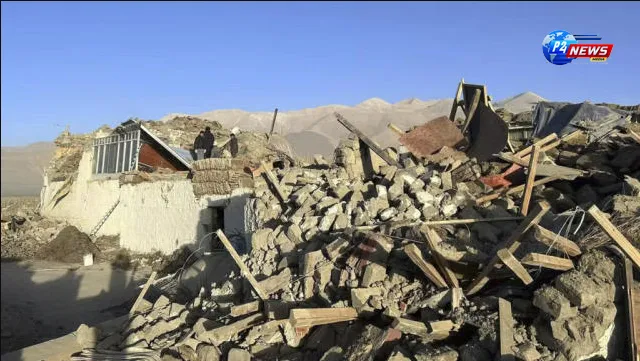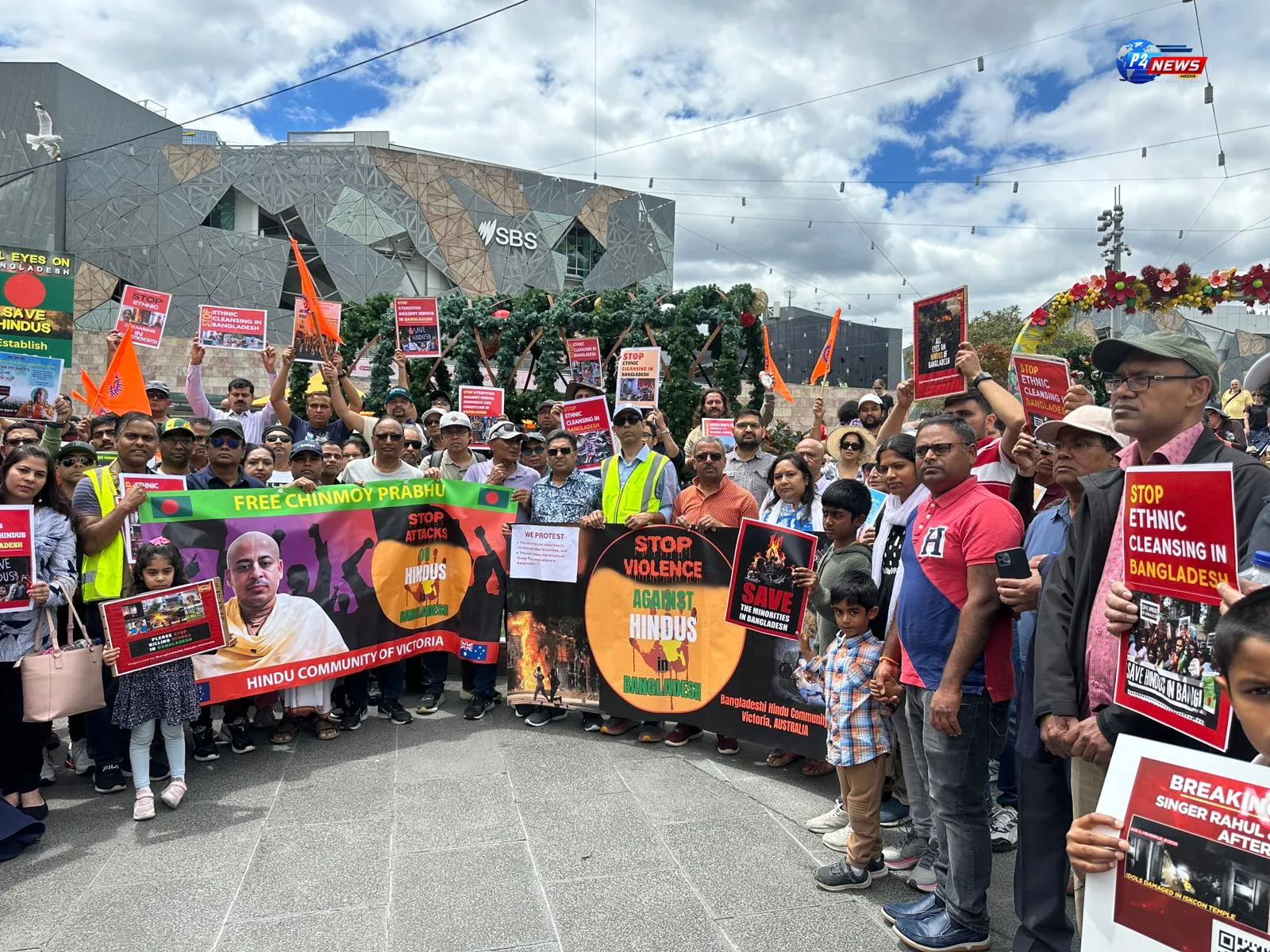The earthquake struck approximately 80 km (50 miles) north of Mount Everest, the tallest peak on Earth, causing significant concern for nearby regions and highlighting the geological activity in this mountainous area.
The earthquake struck approximately 80 km (50 miles) north of Mount Everest, the tallest peak on Earth, causing significant concern for nearby regions and highlighting the geological activity in this mountainous area.
A devastating earthquake registering 6.8 on the Richter scale struck the Himalayan foothills close to one of Tibet's most sacred cities on Tuesday, resulting in the tragic loss of 126 lives and extensive damage to numerous homes.
In the aftermath of the quake, rescue teams were seen sifting through debris in a location identified as Shigatse City, Tibet. Eyewitness footage shared by Reuters vividly depicts the wreckage left in the quake's wake, with debris littering the streets and shops that succumbed to the tremors.
As reported by Reuters, the earthquake's epicenter was located approximately 80 kilometers (50 miles) north of Mount Everest, the highest peak in the world. The seismic activity also caused buildings to shake in neighboring regions including Nepal, Bhutan, and parts of India.
The China Earthquake Networks Centre confirmed that the epicenter was situated in Tingri County, recognized as the northern entry point to the Everest vicinity, with a depth of 10 kilometers (6.2 miles).
The Dalai Lama, the revered spiritual leader of Tibet, expressed his sorrow over the disaster. He stated, "I offer my prayers for those who have lost their lives and extend my wishes for a swift recovery to all who have been injured," reflecting the collective grief felt across the region.
In reports from AFP, rescuers faced the challenging task of navigating through significant rubble in search of those trapped beneath the debris. Local resident Sangji Dangzhi shared with AFP the severity of the destruction, noting that ambulances were consistently transporting the injured to hospitals as the day unfolded.
"Here the houses are made from dirt so when the earthquake came... lots of houses collapsed," remarked the 34-year-old who witnessed his supermarket in Tingri suffer substantial damage.
Footage captured by CCTV showcased the pandemonium as shoppers dashed through store aisles while shelves swayed wildly, causing various items like toys to fall to the floor.
Tourist Meng Lingkang recounted his experience upon arriving in Lhatse, a town situated 65 kilometers from the epicenter, where he had a restaurant reservation. He described the scene, stating, "the buildings had cracked open," and noted that many older structures had crumbled, with several brick buildings showing significant fissures.
Further videos, geolocated to Lhatse by AFP, revealed streets littered with debris outside local eateries, describing the stark reality faced by the community in the wake of the seismic event.
Since the year 1950, a total of 21 earthquakes of magnitude 6 or greater have been recorded in the area known as the Lhasa block, with the strongest being a 6.9-magnitude quake that occurred in Mainling in 2017, as per information from CCTV.
Like
Dislike
Love
Angry
Sad
Funny
Pray
'Trump Tracker: Tulsi Gabbard's Surprising Appointment as US Intelligence Chief
November 14, 20249th Ayurveda Day in Melbourne: A Celebration of Ayurvedic Innovations and Global Health Impact
November 10, 2024🍪 We Value Your Privacy and Experience Hi there! We use cookies to enhance your browsing experience, provide personalized content, and analyze site traffic. By continuing to use our site, you consent to our use of cookies.







Comments 0